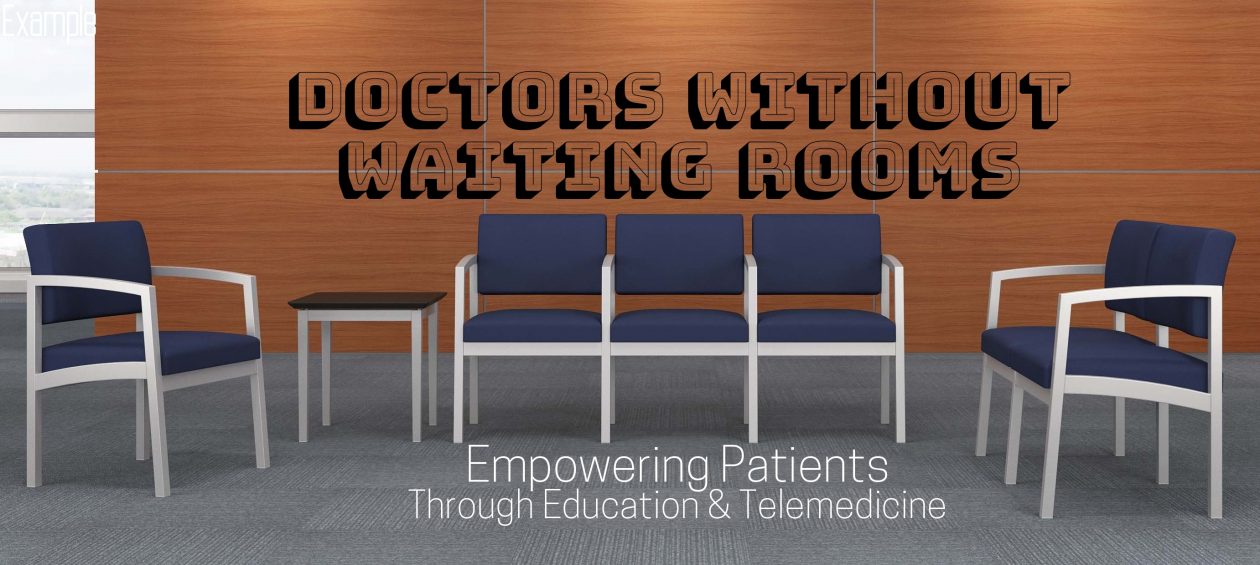
Telehealth is defined as the delivery of health care services at a distance through the use of technology. It can include everything from conducting medical visits over the computer, to monitoring patients’ vital signs remotely. Its definition is broader than that of telemedicine, which only includes the remote delivery of health care.
Telehealth can be delivered in one of three ways:
- Synchronous—when the doctor communicates with the patient in real time via computer or telephone
- Asynchronous—when data, images, or messages are recorded to share with the doctor later
- Remote patient monitoring—when measurements such as weight or blood pressure are sent to the health care provider
What you can do with telehealth
All of the following activities and services are possible with the help of telehealth:
- Recording measurements like your weight, food intake, blood pressure, heart rate, and blood sugar levels either manually, or through a wearable device, and sending them to your doctor.
- Having a virtual visit with your doctor or a nurse over your computer or smartphone.
- Using an online portal to check your test results, request prescription refills, send your doctor a message, or schedule an appointment.
- Sharing information such as your test results, diagnoses, medications, and drug allergies with all of the providers you see.
- Coordinating care between your primary care provider and any specialists you visit—including the sharing of exam notes and test results between medical offices in different locations.
- Getting email or text reminders when you’re due for mammograms, colonoscopies, and other screenings, or routine vaccinations.
- Monitoring older adults at home to make sure they are eating, sleeping, and taking their medications on schedule.
Downsides to telehealth
Telehealth offers a convenient and cost-effective way to see your doctor without having to leave your home, but it does have a few downsides.
- It isn’t possible to do every type of visit remotely. You still have to go into the office for things like imaging tests and blood work, as well as for diagnoses that require a more hands-on approach.
- The security of personal health data transmitted electronically is a concern.
- While insurance companies are increasingly covering the cost of telehealth visits during the COVID-19 pandemic, some services may not be fully covered, leading to out-of-pocket costs.

